For Global Porphyria Day, we asked patients to describe their pain
The responses were a powerful reminder of our community's daily battles
Written by |
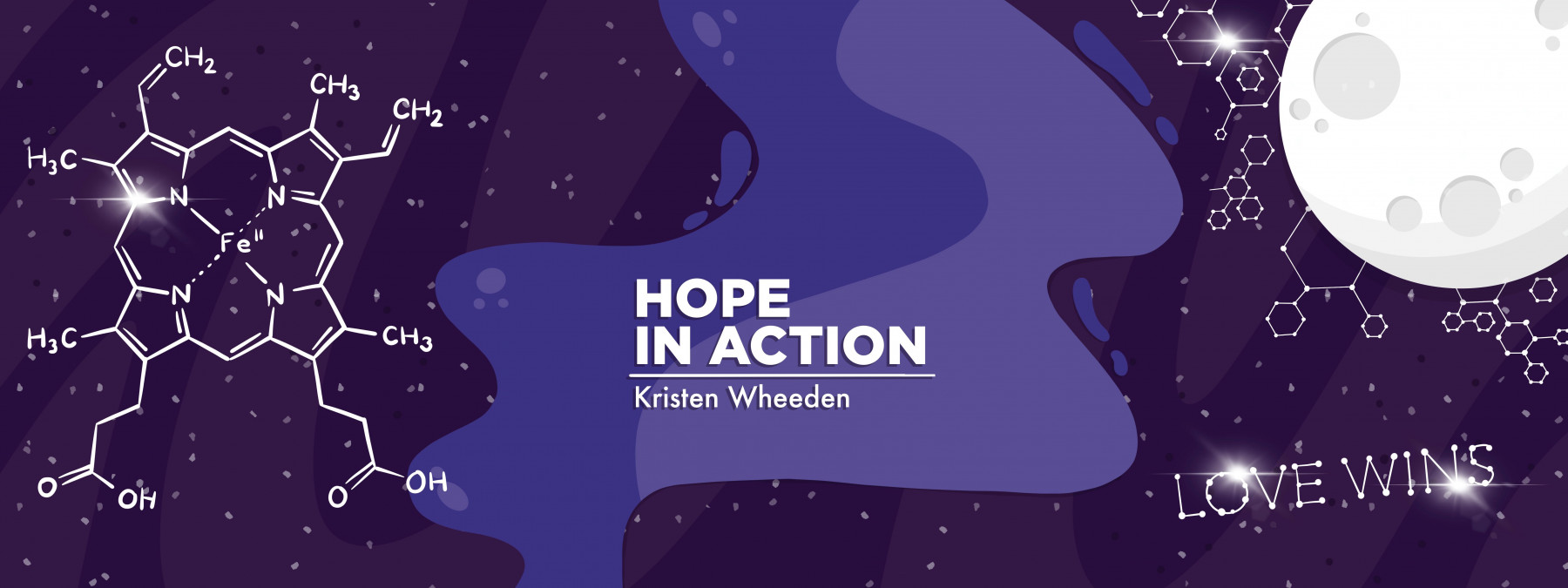
The United Porphyrias Association (UPA), where I serve as president, recently asked our community to do something more raw and vulnerable than ever before. For Global Porphyria Day on May 18, we asked: “What does porphyria pain feel like?”
And you answered. Goodness, did you answer.
It wrenched at my heart as I thought of our community, including my son Brady, who lives with erythropoietic protoporphyria.
Through our #RealPeopleRealPain challenge, we invited patients and caregivers to describe the indescribable: what it truly feels like to live with porphyria. The physical torment. The emotional toll. The aching invisibility of it all. What followed was a groundswell of participation, emotion, and truth. People used videos, words, illustrations, and the power of their own experiences to show the world that this disease isn’t just rare, it’s relentless.
These weren’t just social media posts and testimonies, but cries for understanding. And they were proof that pain demands more than awareness. It demands action.
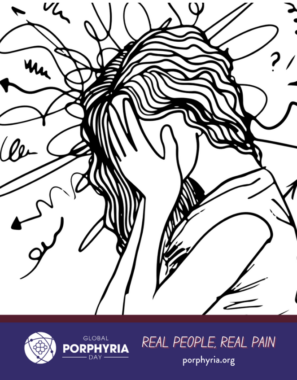
(Courtesy of the United Porphyrias Association)
We didn’t differentiate among the porphyrias when asking for responses; it was an inclusive conversation. Some described their pain as “boiling water poured over skin,” “being stabbed with burning knives,” or “having their bones ripped out.” Others likened it to “labor with no painkillers,” “acid under the skin,” or “being set on fire from the inside out.” Still others said it more simply: “Hell.” “Death.” “Unrelenting.”
And then came the emotional layers: “The sadness hurts more than the disease.” “I asked the doctor to take my hands off. I didn’t need them.” “The worst pain is not being believed.”
These memories are etched into the lives of people who live with erythropoietic protoporphyria, acute hepatic porphyria, congenital erythropoietic porphyria, and other forms of the disease every single day.
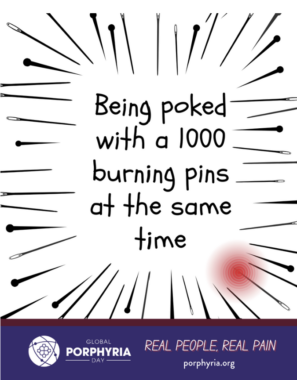
(Courtesy of the United Porphyrias Association)
People like 4-year-old Kelsey, who begged her mother to take off her hands because the pain was too much. People like John, who grew up in silence and shame, avoiding family vacations to protect his skin and dignity. People like Samantha, who spent 32 years undiagnosed and was told it was all in her head.
There were hundreds of responses and stories shared across our platforms. Every single one came from a place of lived experience. Every single one demanded to be heard.
At UPA, we believe in the power of stories to drive change. Awareness is not just about medical facts; it’s about human experience. That’s why we created this challenge — to show the world that the pain of porphyria is not theoretical. It is not occasional. It is real and often invisible.
Behind the scenes, the UPA team pulled together with incredible coordination to support this effort. From organizing the gallery of illustrations to promoting the challenge across the global coalition, the dedication was nothing short of inspiring. Together, we reminded the world that porphyria is more than a diagnosis; it’s a daily battle.

(Courtesy of the United Porphyrias Association)
But here’s what gives me hope: Even in the darkest descriptions, there was a flicker of light. When people said, “I feel like I’m on fire,” others responded, “I’ve felt that, too.” When someone shared the loneliness of being excluded from everyday life, others said, “You are not alone.” In that shared pain, a powerful truth emerged that connection can be a form of healing.
Porphyria may isolate, but the community we’ve built and are continuing to build refuses to let anyone suffer in silence.
And this isn’t the end. Our challenge may have been one day, but the impact is long-lasting. We’re taking these stories to researchers, doctors, policymakers, and pharmaceutical partners. Because they need to hear this. The world needs to hear this.
Your pain is real. Your voice is strong. And your story is essential.
To every person who participated in the challenge — whether you made a video, shared a sentence, or commented with a purple heart — I see you. I hear you. And I believe you.
Let’s keep turning pain into progress.
With deep gratitude and fierce commitment,
Kristen
Note: Porphyria News is strictly a news and information website about the disease. It does not provide medical advice, diagnosis, or treatment. This content is not intended to be a substitute for professional medical advice, diagnosis, or treatment. Always seek the advice of your physician or other qualified health provider with any questions you may have regarding a medical condition. Never disregard professional medical advice or delay in seeking it because of something you have read on this website. The opinions expressed in this column are not those of Porphyria News or its parent company, Bionews, and are intended to spark discussion about issues pertaining to porphyria.




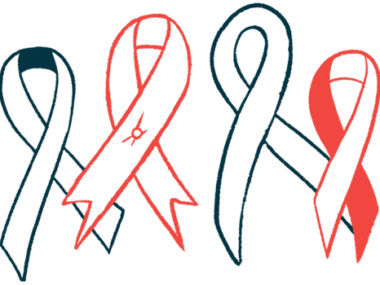
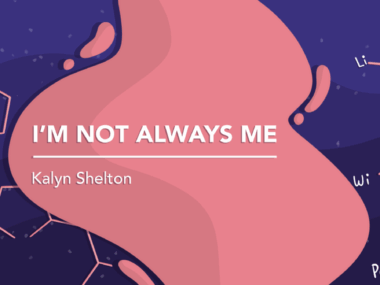
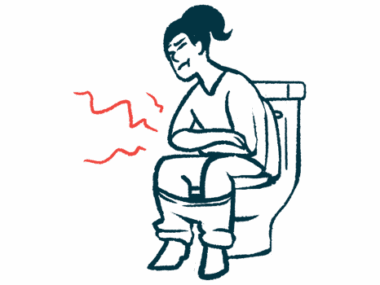
Susan Roxbury
Thank you so much for your unrelenting advocacy for this terrible disease. My granddaughter, 8 years old, has EPP. The people describing their pain here is what she has been experiencing for years. I’m praying and hoping someone comes up with a medicine soon that can help her. I read good things about trials, but she is to young for them. Thank you for keeping us updated on this disease, as I know my daughter is advocating for her and doing her best. 🙏❤️
Kristen Wheeden
So nice to meet you, Susan. Please share with your daughter that we have a vision for a world without the pain and challenges of porphyria for your granddaughter. There is a lot of hope in our rare disease space. Please keep praying. Please keep hoping. It's working! In the meantime, she is not alone. Please reach out anytime to connect with others - [email protected].
Robert Paige
Hello everyone, In my case I was diagnosed with Hereditary Co-Pro Porphyria over 20 years ago thanks to the Mayo Clinic. Before that doctors thought my pain and nausea was in my head. At the time I didn't know what triggered my "attacks". Treatment consisted of D5W with a dextrose "sugar push" plus anti-nausea and pain meds like morphine. With a lot of research I found out what was triggering my Porphyria attacks. This included VOC's like fuels and food additives especially Sodium Bisulfite and meta bisulfites in anesthesia. Using the safe drug list from the American Porphyria Org. helped tremendously. Avoid alcohol and caffeine too. I cook everything from scratch and no processed foods. I no longer get severe attacks by avoiding the triggers as best as I can. My heart goes out to all who suffer from any of the eight different Porphyria types. But there is real hope for a near normal symptom free life.